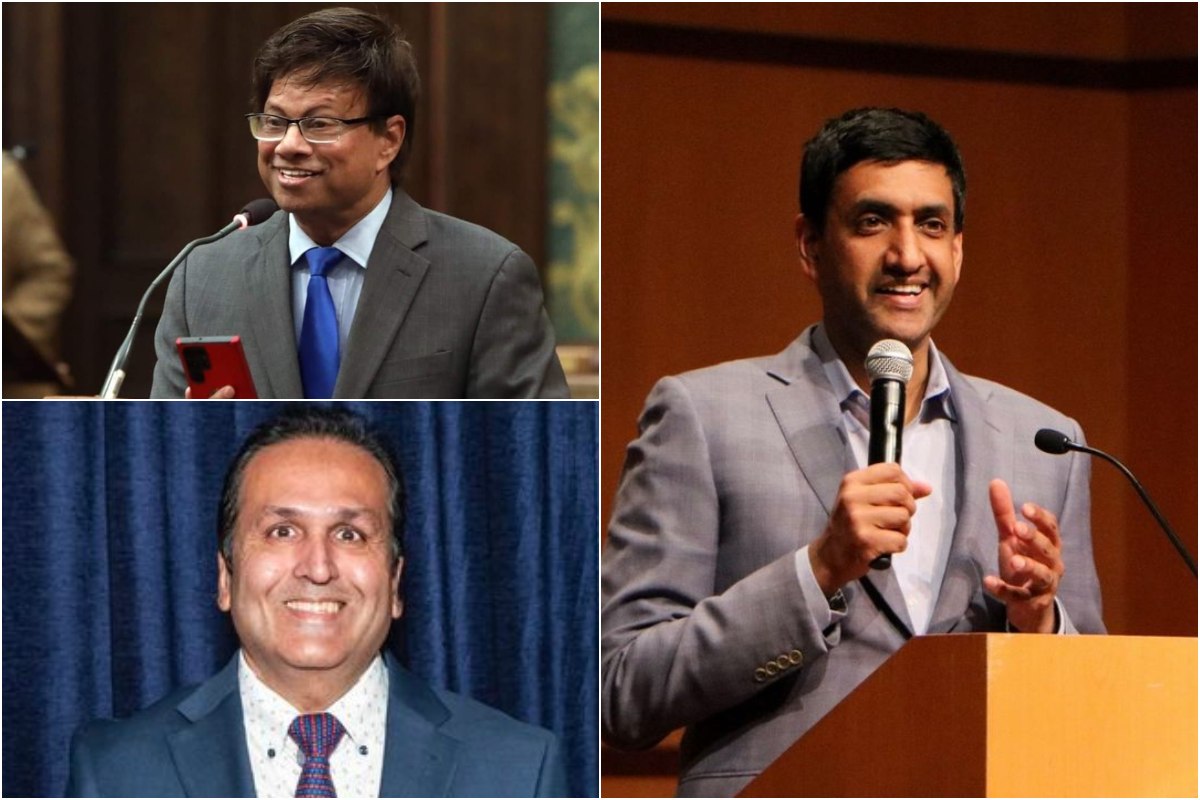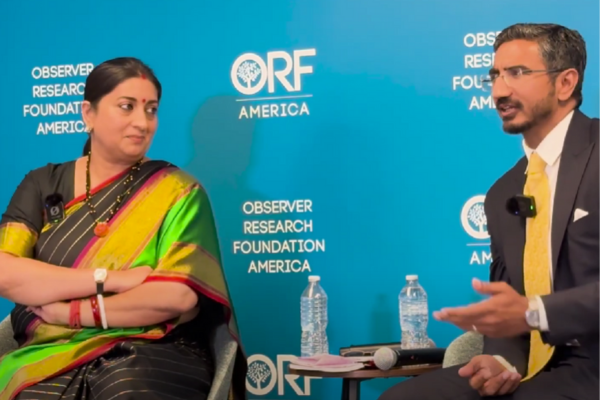From Ballet Barres to Mumbai Streets: An inspiring dance saga captured in 'Call Me Dancer'
Call Me Dancer is a documentary that captures the extraordinary journey of Yehuda Maor, an Israeli-American ballet teacher who, after losing his job, finds a new purpose in teaching ballet to Manish Chauhan, a street dancer from Mumbai who has never seen ballet before.
.jpg) Director of Call Me Dancer Leslie Shampaine with ballet teacher Yehuda Maor. / Leslie Shampaine
Director of Call Me Dancer Leslie Shampaine with ballet teacher Yehuda Maor. / Leslie Shampaine
Yehuda Maor, an internationally acclaimed Israeli-American ballet teacher, lost his job of twenty years. Ballet was the essence of his life. Devastated, he looked for options to stay engaged with the dance.
“At the end of the day, it was only India that would give a 75-year-old dance teacher a position,” said the movie Call Me Dancer. The documentary takes us on a journey with Maor and his student, Manish Chauhan, a male street dancer from Mumbai.
The guru and the shishya’s (student ) passion for dance, the dancer’s relentless hard work, a patron of the arts who steps in with financial support and a peer who is always just a step ahead make for a fascinating watch.
Call Me Dancer, scheduled to be screened at the Silicon Valley Jewish Film Festival in 2024 on November 10, 2024, is presently being screened in India. It has won the Miami Jewish Film Festival Next Wave Prize for Best Film in 2024 and the San Francisco Dance Film Festival Audience Award for Best Film in 2023.
Yehuda Maor’s journey from San Francisco to Mumbai
Maor landed in Mumbai. He hated the heat. He felt unsafe. Crossing the street was a nightmare. “I would follow any woman with three children crossing the street to get to the other side,” he said.
At the dance school, Danceworx in Mumbai where he teaches ballet, a street dancer, Manish Chauhan walked in. Manish had never seen ballet. The wonder in his eyes reminded Maor of himself at age seven watching Swan Lake ballet for the first time. The magic of it had changed his life.
“Manish’s eyes opened when he joined my class. The more I trained him the more he wanted,” said Maor. Chauhan improved fast but it was very hard work. Another male student Amiruddin Shah who had joined the class at a much younger age was naturally gifted. Maor trained both boys. He needed competition between the boys to get the best out of them.
“Yehuda got a second lease of life with these two boys. He found something to sink his teeth into.” A Starbucks Frappuccino was the reward for hard work and the boys looked forward to it. ”In three years they achieved what people achieve in nine.”
“People saw me as an acrobat but Yehuda saw me as a dancer. I don’t want to be an acrobat. Call me dancer,” said Chauhan.
Manish Chauhan the protagonist of his life and the movie
Chauhan’s taxi driver father had no idea that the money he had taken on loan for his son's college education was being paid to the dance school.
The documentary punctuated with Haryanavi Jat wedding songs takes us through the dance studios in Mumbai and Chauhan’s ancestral village two days away from Mumbai, where his folksmen aspire to either join the army or do an MBA than fix and stitch an old pair of broken ballet slippers to ensure entry into ballet class.
It weaves its way to a kibbutz in Israel where Chauhan has to learn Hebrew, the dance studios in New York where restricted resources means dancing in the park and finally Washington DC’s Kennedy Center the penultimate performance venue.
The film rides the rollercoaster of emotions with Chauhan’s grandmother who dances with him, the confused father who sees the actor, Alok Nath play him in the movie as a hard angry dad, the teary eyed mother who receives the first check of her son’s earnings, the sister who aspires to marry at 30 and finally the audience who recognizes the errors of Manish‘s judgment in not pursuing opportunities in film and OTT series when they are offered to him. The audience members wear the practical shoes of parents.
“Do what your heart tells you to do,” said the grandmother. “Get a business manager,” said a Mumbai audience member. “I am a role model for other aspiring dancers. How could I sell out to Bollywood? Manish would have said,” said the film director, Leslie Shampaine on his behalf.
Filmmakers Leslie Shampaine and Pip Gilmour had followed Chauhan for five years in the making of the movie.
“I had seen Yehuda perform in Israel when I was twelve. Later in New York he was my ballet teacher,” said Shampaine. “I too am a dancer and have performed for over 13 years. I understand the world of dance.”
Leslie Shampaine is in India on a Fulbright scholarship researching arts education.
Financing the arts and the artist
Mariam Ram, an arts patron, saw a snippet on the street-performer-turned-ballet-dancer in the local newspaper and reached out a helping hand. She recognized that, unlike children in her social circles, Manish had no safety net. He had the guts to take on this risky profession even though his parents depended on him financially.
“Patrons of art are a rare breed. I wish I had one,” said the Mumbai audience member.”They ought to be admired.”
“From the slums to the world of beauty, it makes for a great story for a movie.” Manish was the star of his own story in Yeh Ballet, for Netflix written and directed by Sooni Taraporevala. ”Chauhan was now a star with his own umbrella guy.”
The movie provided the much needed injection of money for his family. More offers came his way but Chauhan chose to pursue dance as an art form. Mariam Ram sponsored his trip to New York that would lead to his solo performance at the Kennedy Center in Washington DC.
“I choreographed a solo and didn’t care if anyone called me an acrobat.”
He was finally respected.
Yehuda Maor bemoaned the loss of his two star pupils. "I’ll get no credit for their success, but that doesn’t cloud my eyes for what they need now. The Royal Ballet will take the credit for Aamir and now Manish too has found wings,” Maor was in the audience at the Kennedy Center to watch his student’s solo.
In a maroon colored dhoti, Manish stepped on the stage. Raj Kapoor’s song “Mera jhoota hai Japani, pataloon englistani, sar pe lal topi Roosi…. wafted into the room.
“Mera dil hai Hindustani,” said Chauhan. My heart is Indian.
ADVERTISEMENT
ADVERTISEMENT
E Paper
Video



-1.jpg)










Comments
Start the conversation
Become a member of New India Abroad to start commenting.
Sign Up Now
Already have an account? Login